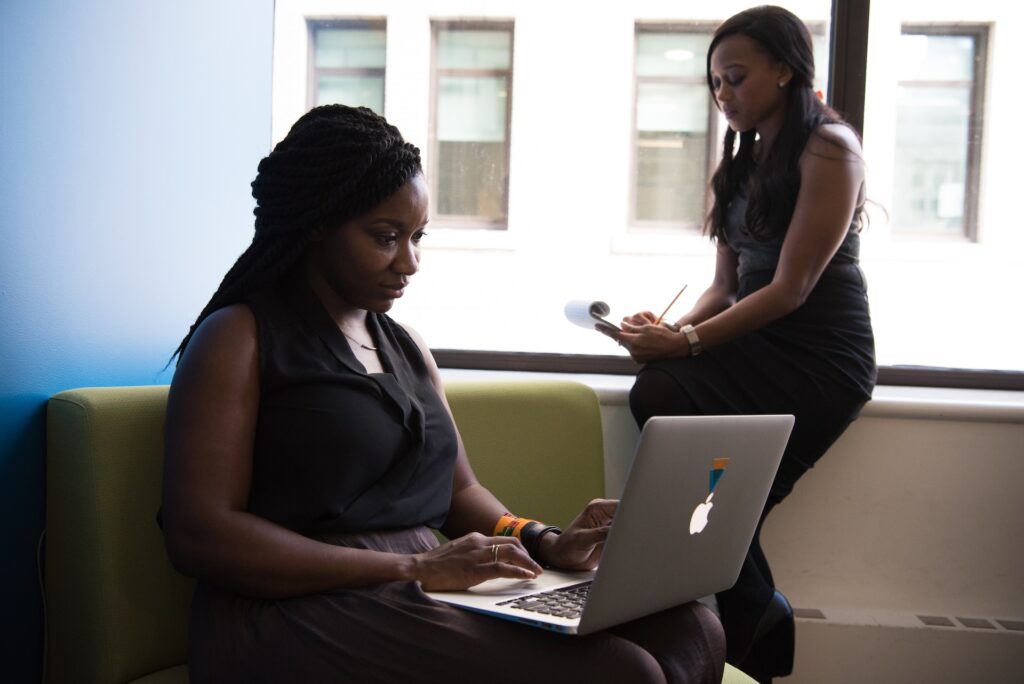A U.S. travel visa is needed if you want to go to the United States for business, vacation, school, or temporary employment. But don’t stress because this article will tell you all about the U.S. nonimmigrant visas.
What Are Nonimmigrant Visas?
Nonimmigrant visa: A non-immigrant visa permits foreigners to enter the US temporarily, whether it is for tourism, medical treatment, study, or employment. Important: These visas are not for permanent residency. They last for an extended time, and the person holding them needs to leave the United States before the visa runs out.
Who Does Need a U.S. Travel Visa?
Nearly everyone who is not a U.S. citizen or resident must obtain a travel visa to visit the U.S. This is true of all ages. However, some nationals of certain countries can apply for the Visa Waiver Program (VWP), which lets visitors enter the United States for up to 90 days without a business or tourism visa. This is true for citizens of 38 countries, including most European Union states.
You don’t usually need a visa to visit the US if you’re Canadian or from Bermuda, except for when you’re here to work, study, or immigrate. The longest stay is variable, sometimes 6 months and sometimes a year, depending on your circumstances.
Types of U.S. Nonimmigrant Visas
There are different kinds of nonimmigrant visas and each is for a different purpose. Here are a few of the most typical:
Tourism and Business Visas (B-1/B-2)
These are the most common travel visas. B-1: This is for business visitors and B-2: Tourists. The visa can be for between a few months and 10 years depending on your nationality, and you can enter the U.S. multiple times during that time.
The maximum stay is 6 months (on a B-1/B-2 visa) with the possibility of extensions. If you’re a national of a Visa Waiver country, you may come to the U.S. for business or pleasure for 90 days, but no longer.
F, M and J Visas: For Student Visas.
You need a student visa if you’re going to study in the US. The most popular one is the F-1, which is for students who are full-time academic enrollees at an approved U.S. college, university, or other educational institution. The M-1 visa is for nonacademic or trade schools. J-1 is for the exchange program members the au pair, researcher, or teacher.
The F-1 student may work on campus part-time during the semester and full-time during breaks (subject to limitations). F-2 visas are for spouses and children of F-1 visa holders.
Permits of Temporary Employment (H, L, O, P, and Q)
Temporary work visas are for temporary workers who will be employed in the US. These are the most popular work visas:
- H-1B: Specialty worker – at least a bachelor’s degree required.
- H-2A: For temporary agricultural workers.
- H-2B: For seasonal employees (non-agricultural).
- L-1: Employee moving within a company to a U.S. office.
- O-1: For people with rare aptitudes in arts, science, or business.
- P-1: For athletes or entertainers.
- Q Visa: To join foreign cultural exchange programs.
Exchange Visitor Visa (J-1)
The J-1 visa is for people engaged in cultural exchange programs such as au pairs, summer camp counselors, and researchers.
Obtaining a U.S. Travel Visa Applying for a U.S.
If you need a U.S. travel visa, read this:
- Fill out DS-160: It is the main nonimmigrant visa application form. Ask all the questions and have all the information at hand.
- Fee of Visa: The Visa application fee is determined based on the type of visa that you’re requesting. Usually, the fees for all types of visas are $185 (but temporary work visas can be more expensive).
- Visit for a Visa Interview: After applying, you will be asked to make an appointment for a visa interview at your local U.S. Embassy or consulate. Understand: Interview wait times may be different from place to place.
- Gather Your Papers: You’ll have to carry around several documents to your visa interview such as your passport, the confirmation page of Form DS-160, the receipt for the visa form, and any supporting documents such as your itinerary, proof of financial support and reaffirmation of your links back home.
- Attend the Interview: The consular officer will question you about the purpose of the trip, where you’re going to live in the United States, and how much money you have. They will decide whether to give you a visa or not.
- Wait for Application: After the interview, your visa application will be processed. That takes a few days to several weeks depending on the type of visa you are applying for and your situation.
And What Will Happen When You Have Your U.S. Visa?
When you have your visa approved you can enter the U.S. Check your I-94 record to make sure you are on date. This will be the logbook by which you’ll be able to verify your entering and leaving the US.
Arriving at an American border post, show your visa and passport to the Customs and Border Protection (CBP) agent. You will be told by them if you can or not get into the US and how long.
Frequently Asked Questions (FAQs)
1. What is the Visa Waiver Program (VWP)?
Visa Waiver Program (VWP) for business and tourism tourists who are citizens of certain countries to come to the U.S. for up to 90 days without a visa for business or tourism. You’ll need to be in the ESTA program to apply under VWP.
2. For how long can I stay in the U.S. on a travel visa?
The stay period depends on your visa type, but generally, it’s 6 months. There may be extensions, but they are not inevitable.
3. What documentation is needed to apply for a travel visa?
Important documents: passport, filled-in Form DS-160, visa payment receipt, and proof that you plan to return home once you are done.
4. How much does a U.S. travel visa cost?
Visa charges start at $160 – $400 depending on the type of visa you’re getting. Some visas like work visas will cost extra.
5. How Long Does It Take For A US Travel Visa?
Processing time will depend on what kind of visa you apply for and your situation. Apply as early as possible before your travel date.
Do not have it be hard to get a U.S. travel visa. : Know what visas are available and what is the application process so that you can have a higher chance of getting one. Whether you are going for business study or just work, you will find the right visa to get your U.S. vacation on the road.
How Law and Visas Can Help?
At Law and Visas, our team of expert immigration consultants is here to make your travel to the US straightforward and successful. Whether you’re applying for a Spouse Visa, Green Card, Visitor Visa, or Study Visa, we handle every step from preparing your application to gathering the required documents.
Our immigration Consultants and Lawyers ensure that your application meets the highest standards, with no details missed. We’ll also keep you informed throughout the process and coordinate with the immigration office or embassy on your behalf.
Law and Visas has a strong record of helping clients secure the visas/permits they need in the US. Call us today at +234 812 5505 986 to learn how we can assist you.




